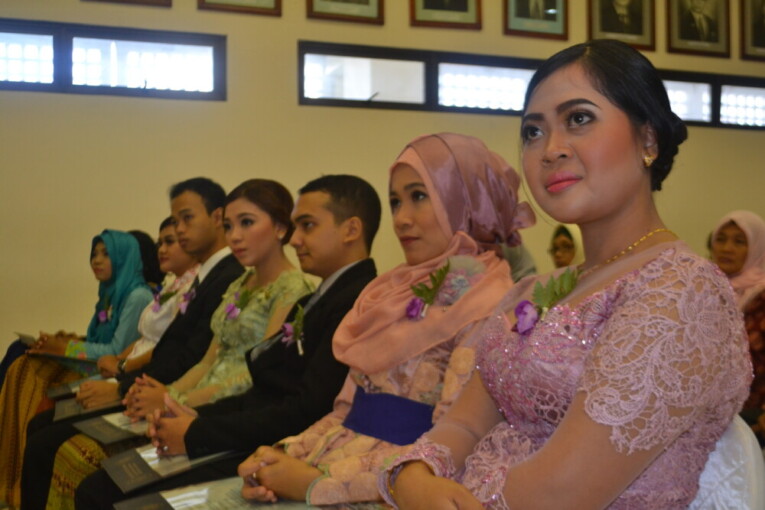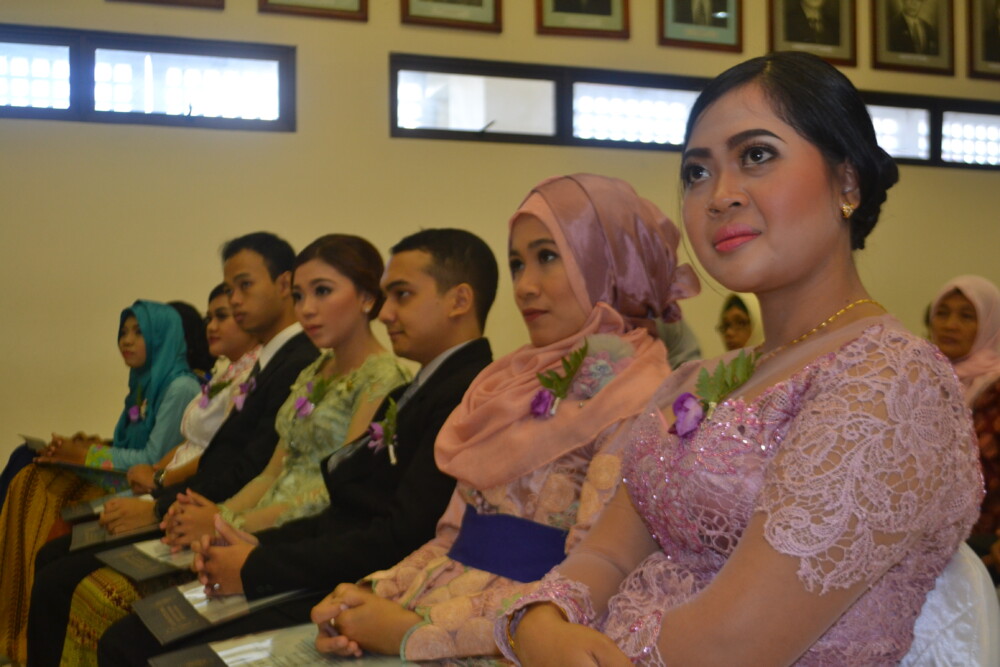Tuberculosis, or commonly known as TB is an infectious disease that typically affects the lung tissue and is caused by the Mycobacterium tuberculosis complex. This disease may affect all ages, clinical symptoms vary from no symptoms to severe manifestations. To this date, TB cases have decreased with an average of 1% annually; nevertheless, TB patients number is still considered high enough which is 17.1 million people. As high as 8.8 million new cases are found annually with a mortality rate of about 1.4 million people. Indonesia is the country with the fourth largest TB cases in the world, with 430 thousand new cases and 61 thousand deaths annually.
The problem on tuberculosis treatment is its unique characteristic such as the slow growth of bacteria, highly variable strain, long period treatment and the drug resistant strain.
Analysis of the M. tuberculosis strains showed several main strains which are East African Indian (EAI), Beijing, Haarlem, Latin American and Mediteranean and Central Asian. Many studies mention the Beijing strain is considered more virulent than the others and has the tendency to be resistant to anti-tuberculosis drugs. While in Indonesia, the Beijing strain is the largest group compared to the other strains by 20-33%.
dr. Andani Eka Putra, M.Sc., microbiology lecturer from Faculty of Medicine University of Andalas Padang, said that Mycobacterium tuberculosis is an intracellular bacterial pathogen that dwell in macrophages which is the most important component in the immune system. The bacterium produces two groups of highly polymorphic proteins which are proline glutamic acid (PE) and a proline-proline glutamic (PPE). “This protein group represents 10% of the total protein of M. tuberculosis. This protein is strongly associated with virulence and becomes the target of the diagnosis and treatment development,” dr. Andani Eka Putra, M.Sc., said at his open doctoral examination at the Faculty of Medicine, Wednesday (20/7).
He managed to do research on the genotyping of M. tuberculosis local isolates to differentiate Beijing strains. This study is aimed to analyze the molecular characteristics and immunogenicity of protein, especially PE-PGRS 24 and 35 of the local isolates of M. tuberculosis. The molecular analysis was performed on 10 samples consisting of 5 samples of M. tuberculosis beijing-strains, 5 non-beijing and 10 comparison sequence.
Based on the results of the study, it is concluded that there are variations in the gene molecular of PE-PGRS 24 and 35, PE-PGRS 24 as an extracellular protein while PE-PGRS 35 is part of a membrane protein. “Both proteins are immunogenic and able to distinguish TB from non-TB. It is also potentially developed as a diagnostic model,” he said.






